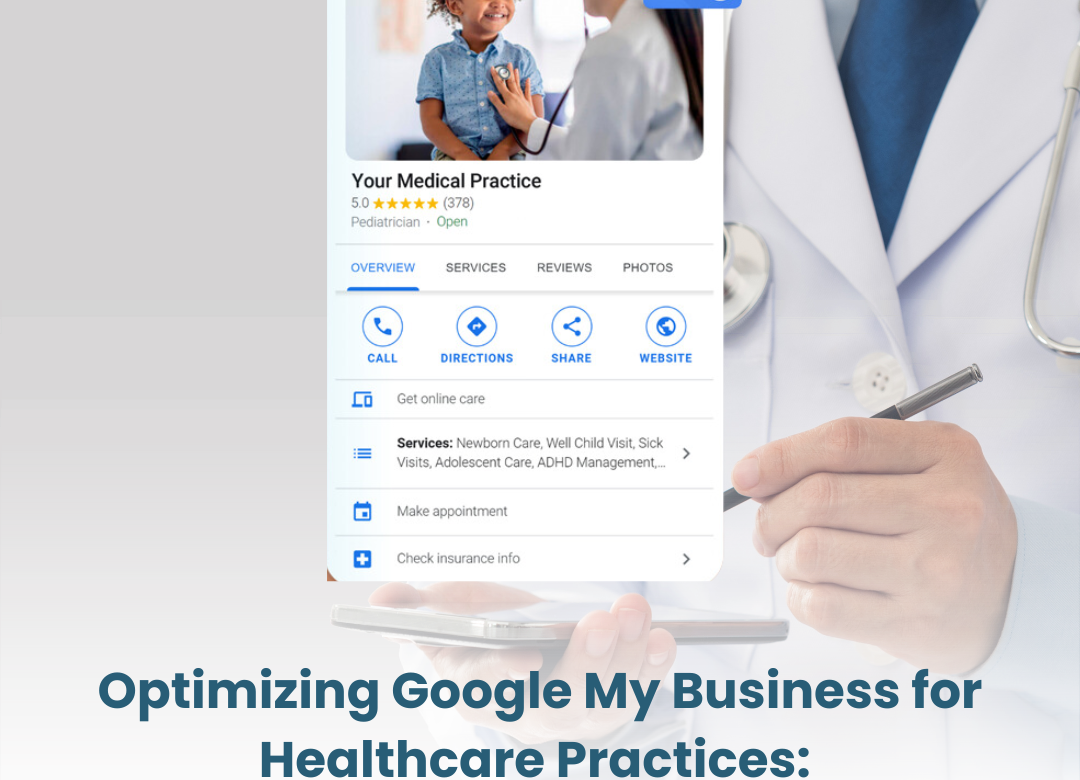
Introduction
Are you struggling to have a strong online presence? If yes, then this blog is for you. Building a strong presence on Google Ads has become important for all sizes of businesses. It’s the most powerful way to reach out to your target audience and drive sales conversions.
The digital marketing landscape is wide, and navigating it efficiently requires a strong presence on platforms like Google Ads. But simply running ads isn’t enough. To truly leverage the power of Google Ads, you need a data-driven approach to enhance your Google ads, improve website conversions, and utilize key metrics to optimize your campaigns for maximum success.
The Importance of Conversion Tracking
Running Google Ads campaigns without conversion tracking is like navigating a maze blindfolded.
You might get some results, but you won’t know what’s really working. Conversion tracking is like a flashlight, showing you how effective your campaigns are.
It lets you see how many users are making purchases, subscribing, or downloading apps. This information is essential for maximizing your ROI and making sure your budget is spent wisely.
Key Performance Metrics to Monitor
There are several key performance indicators (KPIs) that provide valuable insights into your Google Ads performance. Here are 3 crucial metrics to look for:
-
- Cost per Acquisition (CPA): This metric reveals how much it costs to acquire a new customer through your Google Ads campaigns. A lower Google ad Cost per Acquisition generally indicates a good return on your ad spend.
-
- Click-Through Rate (CTR): This metric measures the percentage of people who see your ad and click on it. A high CTR suggests your ad is relevant and resonates with your target audience.
-
- Ad Quality Score: Google assigns a quality score to each of your ads. This score is based on factors like relevance to search terms and landing page experience. A high-quality score can lead to lower costs and better ad placement.
Google Ads Strategies for Success
Now that you understand the importance of conversion tracking and key metrics, let’s look into some strategies to optimize your Google Ads campaigns:
1. Target the Right Keywords
Effective keyword targeting is the foundation of successful Google Ads. Use tools like Google Keyword Planner to identify high-traffic, relevant keywords. For example, focus on terms like “Google ads management services” and “Google ads SEO services” to attract businesses looking for specialized help.
2. Optimize Your Ad Copy
Your ad copy should be compelling and relevant. Highlight the benefits of your service and include a clear call-to-action (CTA). Mention specifics such as “affordable Google ad services cost” to appeal to budget-conscious clients. Remember, your ad copy should directly address the searcher’s intent.
3. Leverage Ad Extensions
Ad extensions enhance the visibility and click-through rates of your ads. Use site link extensions, call extensions, and location extensions to provide additional information and encourage more engagement. These extensions are particularly useful for local businesses offering Google ads for services.
4. Update Negative Keywords
Negative keywords prevent your ads from showing up for irrelevant searches, saving you money and improving your ad relevance. Regularly update your negative keyword list based on search term reports to ensure your ads are only displayed to your target audience.
5. Monitor and Adjust Bids
Effective bid management is crucial. Regularly monitor your campaigns and adjust bids based on performance. If you’re unsure how to manage this, consider enlisting a Google ads services agency. They can provide expert bid management to maximize your ad spend efficiency.
6. Focus on Landing Page Quality
Your ad’s success doesn’t stop at the click, it extends to your landing page. Ensure your landing pages are relevant, fast-loading, and optimized for conversions. A well-designed landing page aligned with your ad copy can significantly boost your conversion rates.
7. Track and Analyze Performance
Use Google Analytics and Google Ads reporting tools to track the performance of your campaigns. Analyzing metrics like click-through rates (CTR), conversion rates, and cost-per-click (CPC) helps you understand what’s working and what needs adjustment.
8. Budget Wisely
Allocate your budget based on the performance and potential of your campaigns. High-performing campaigns might deserve more budget while underperforming ones should be optimized or paused. Understanding Google ad services cost and how to manage it is crucial for sustained success.
Conclusion
By prioritizing conversion tracking, understanding key metrics, and implementing effective strategies, you can unlock the true power of Google Ads. Remember, campaign optimization is a continuous process. Consistent data analysis and adjustments ensure your campaigns are constantly evolving and delivering the best possible results. So, unleash the power of Google Ads, embrace data-driven decision-making, and watch your business flourish in the digital marketplace.



